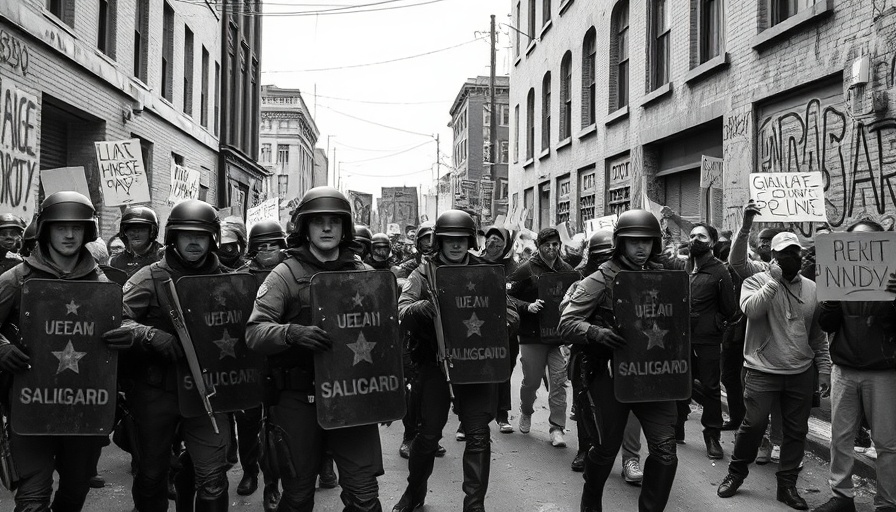
Understanding the Modern Surveillance Landscape
In recent years, the tools available to law enforcement for tracking individuals have reached unprecedented levels. With the advancement of digital technology, authorities can now monitor not just movements but also communications in ways that were previously unimaginable. For protesters, particularly in an era where societal discord is prevalent, this means that attending a march or demonstration can expose them to significant risks, both physically and digitally.
The Role of Technology in Modern Protests
The increasing integration of technology into our daily lives, including the extensive use of smartphones, has made it easier for law enforcement to gather data and monitor people. Police use various methods, including license plate recognition systems and facial recognition software, to identify individuals at protests. Due to these developments, every protestor must prioritize their digital privacy, especially now that significant movements against government actions, such as those against the Trump administration, are occurring.
Digital Security: Key Steps for Protesters
Here are several important strategies for ensuring your digital security when protesting:
- Assess Your Device: Consider leaving your primary smartphone at home. Instead, opt for a less significant device that does not store sensitive information.
- Use Encryption: Messaging apps like Signal offer end-to-end encryption, ensuring that your communications are private, even if intercepted.
- Disable Location Services: Before attending a protest, turn off location tracking on your device to minimize the data you unwittingly share.
- Employ VPNs: Virtual Private Networks (VPNs) can help mask your internet activities, making it more difficult for outsiders to track your online behavior.
Why Protestors Should Be Cautious
As highlighted by Evan Greer, deputy director at Fight for the Future, the level of government surveillance today poses a threat to the very essence of democratic engagement. Authorities have demonstrated their willingness to suppress dissent, as seen in past incidents where peaceful protests were met with aggression. This reality reinforces the need for advocates to remain vigilant about their privacy.
Contextualizing Security Measures
It's essential to remember that the right to protest is a fundamental part of democracy. However, the landscape has evolved, and so must the approaches of activists. Incorporating cybersecurity measures not only protects the individual but also the collective movement. Anonymity within groups can be crucial for the safety of all involved.
Cultural Impact of Digital Surveillance
The implications of surveillance extend beyond immediate threats to personal privacy; they also affect how society interacts with technology in protest contexts. The fear of being tracked can deter individuals from participating in movements, weakening collective voices. Thus, building awareness around these tactics is integral to fostering a robust culture of civil rights protection.
Embracing Future Trends
As the intertwining of technology and daily life continues to deepen, we also face advances in defensive technologies. Innovations in encryption and privacy-preserving software are on the horizon, with developers seeking to shield users from unwarranted surveillance. By remaining abreast of such trends, protestors can better equip themselves with tools necessary for maintaining their privacy.
Ultimately, the right to peaceful protest must coexist with an awareness of privacy risks. As the surveillance landscape evolves, activists must likewise adapt their strategies, ensuring that their rights to assembly and expression are upheld without undue governmental intrusion.
For readers eager to engage in democratic discourse and protect their digital identities, remain aware of the ever-changing tools at both your disposal and against you. Stay informed and proactive about your privacy rights.
 Add Row
Add Row  Add
Add 




Write A Comment